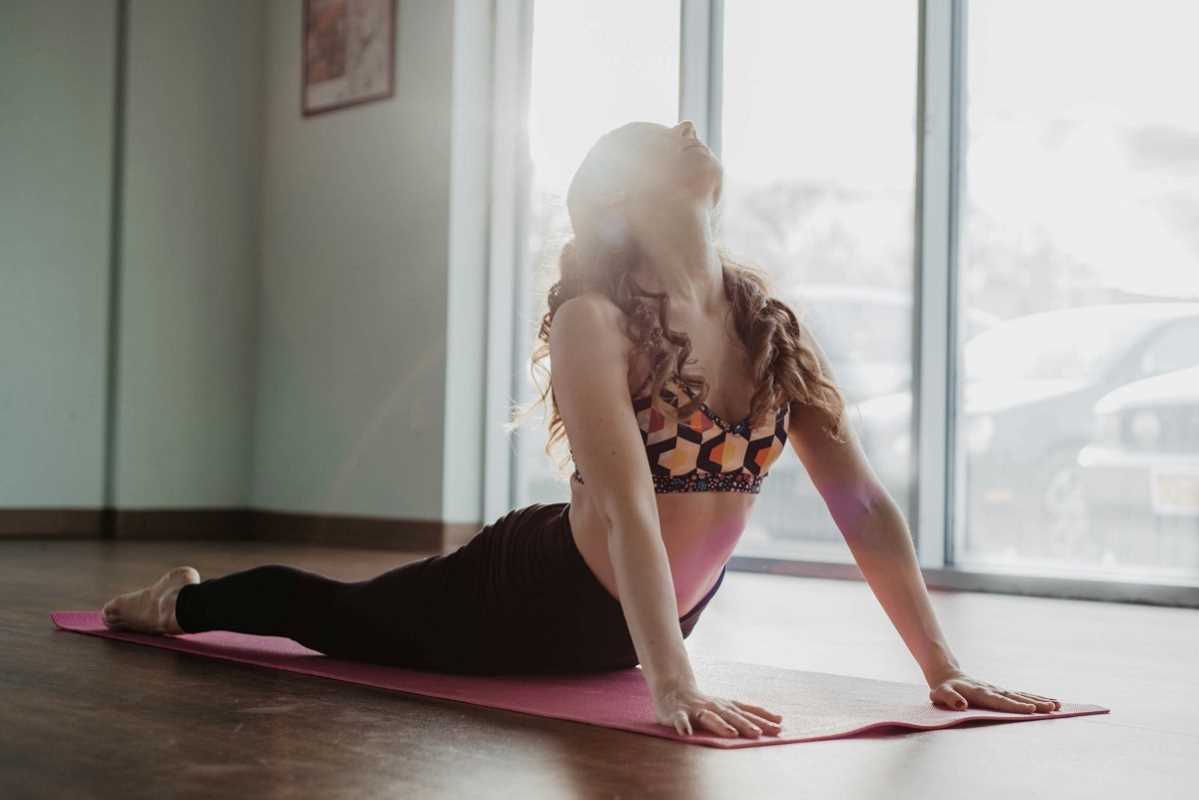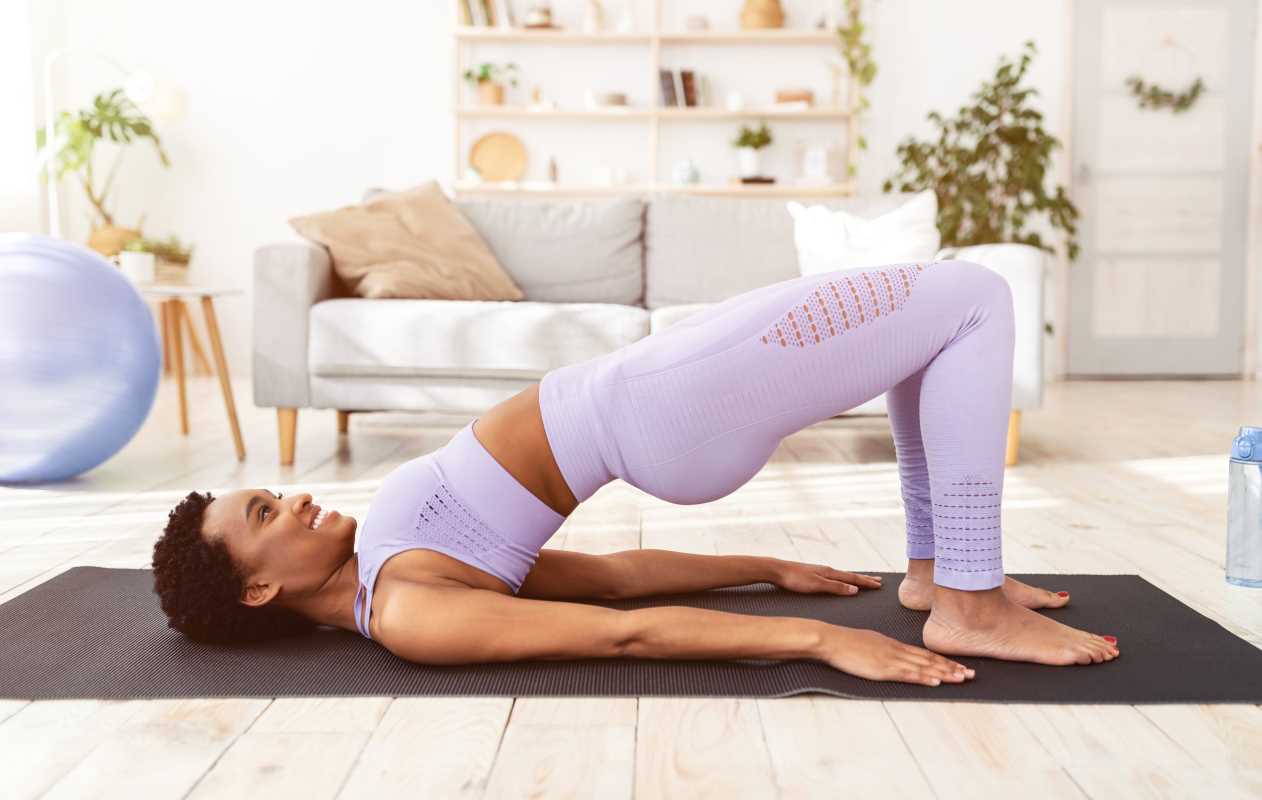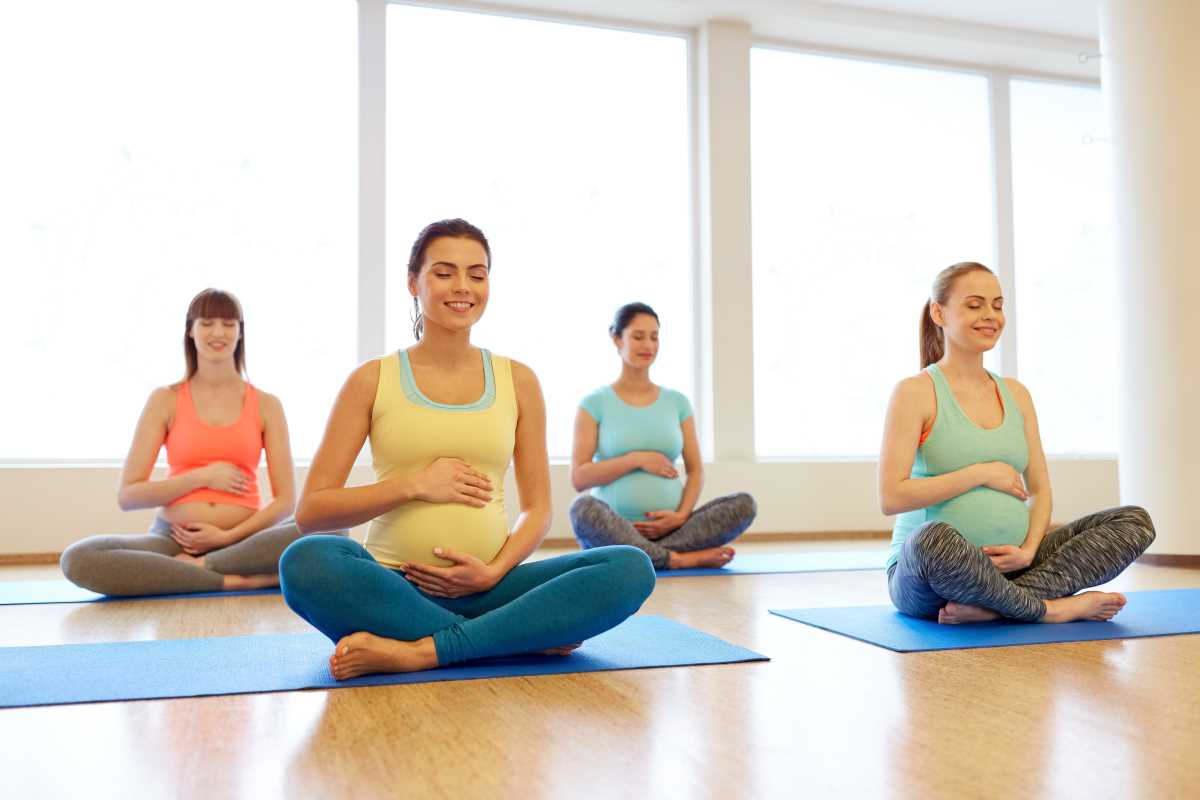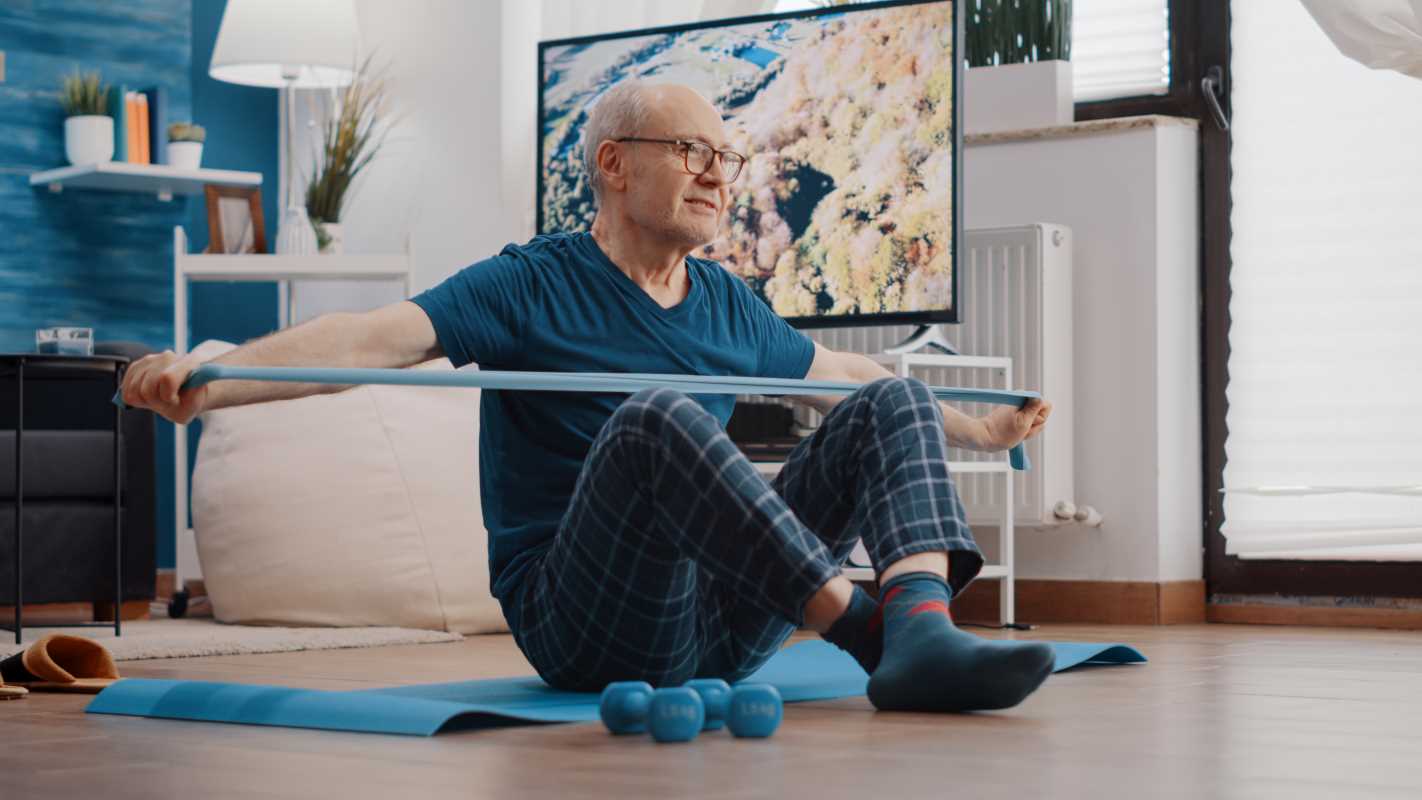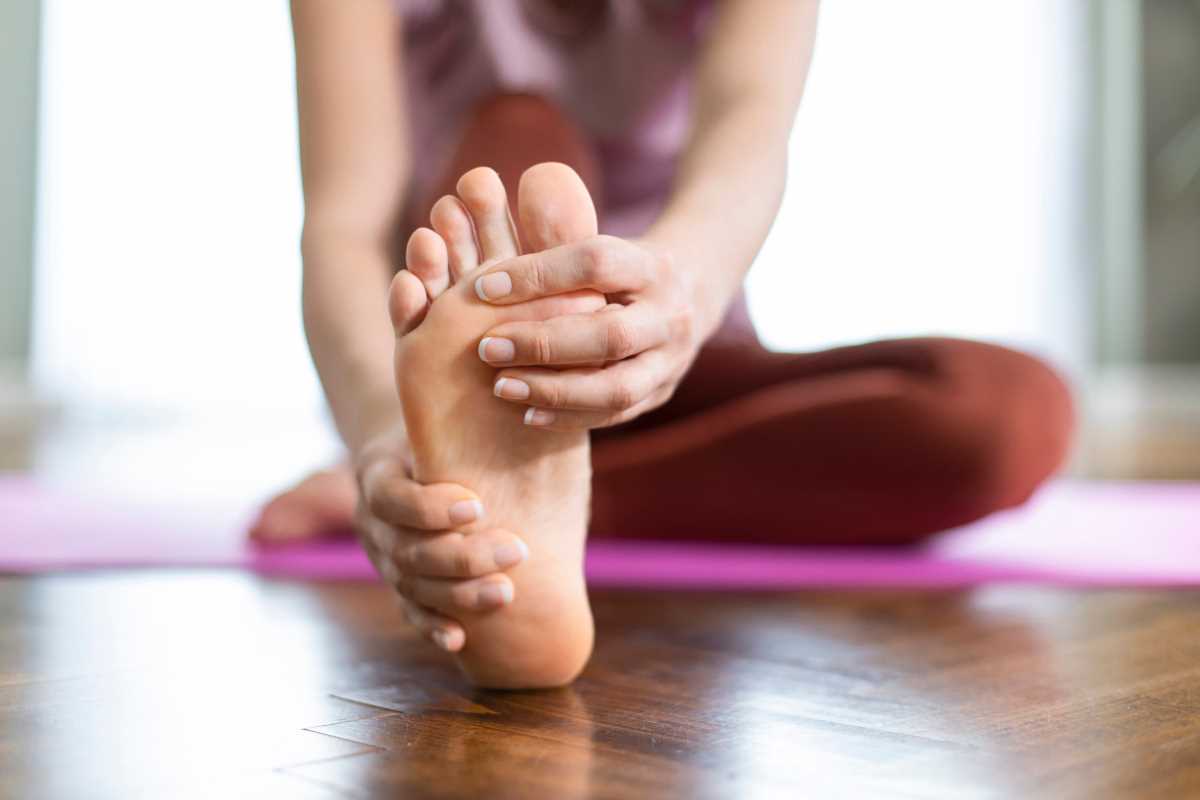Living with chronic obstructive pulmonary disease (COPD) can sometimes really limit a person. Shortness of breath, fatigue, and chest tightness can significantly impact your day-to-day life. Although COPD can be a tough condition to manage, regular exercise plays a key role in alleviating symptoms and improving lung function. Lung-friendly exercises help you breathe easier and also enhance your stamina, giving you the freedom to do more of what you enjoy. We're going to talk about some practical exercises you can do to help manage COPD symptoms. By incorporating these activities into your routine, you’ll strengthen your lungs, reduce respiratory discomfort, and boost your overall quality of life. Speak to your doctor before attempting any of these exercises to make sure they're right for you.
1. Pursed-Lip Breathing
Pursed-lip breathing slows down your breathing and improves oxygen intake. This technique can ease shortness of breath and give you more control during physical activity.
- Sit in a comfortable position with your back supported.
- Breathe in deeply through your nose for about 2 seconds.
- Purse your lips as if you’re about to whistle, and exhale slowly for 4–6 seconds.
Practicing this exercise for 5–10 minutes several times a day helps relax your airways and improves airflow. It’s especially useful during moments of breathlessness.
2. Diaphragmatic (Belly) Breathing
Diaphragmatic breathing strengthens your diaphragm, the primary muscle involved in breathing. This technique can train your body to use the diaphragm more efficiently, reducing stress on other muscles.
- Lie on your back or sit with one hand on your chest and the other on your stomach.
- Take a deep breath, making sure your stomach rises more than your chest.
- Exhale fully, letting your stomach fall as you release all the air.
Start with 5 minutes of practice daily and gradually increase the duration. Over time, this exercise enhances oxygen flow and reduces breathlessness.
3. Walking
Walking is one of the most accessible and effective ways to build endurance and strengthen your respiratory system. Staying active through regular walks can make breathing easier over time.
- Start with short, slow walks, about 5–10 minutes, and gradually increase the duration to 20–30 minutes.
- Pick flat paths or walking tracks without steep inclines.
- Focus on maintaining steady, rhythmic breathing when walking.
Carrying a water bottle or using walking poles can help provide additional support during longer walks.
4. Stretching and Light Yoga
Gentle stretches or yoga movements increase flexibility and improve posture, which helps create more space for your lungs to expand.
- Seated forward bends: Sit on a chair with your feet planted firmly. Slowly lean forward, bringing your chest close to your knees, and inhale deeply as your lungs expand.
- Cat-cow stretch: Start on your hands and knees. Arch your back while exhaling (cat pose) and lower your belly while inhaling (cow pose).
Yoga can also improve relaxation, reducing anxiety, which often accompanies COPD and worsens symptoms.
5. Stationary Cycling
Using a stationary bike provides a controlled way to improve heart and lung efficiency.
- Begin with light resistance, pedaling at a slow, consistent pace for about 5–10 minutes.
- Gradually build up to intervals where you increase your speed for 1–2 minutes, then return to a slower pace.
- Monitor your breathing. Stop or reduce intensity if you notice any discomfort.
Cycling strengthens your leg muscles, making activities like climbing stairs or standing easier, and improving lung function.
6. Arm Raises with Light Weights
Building upper body strength takes the pressure off your lungs when performing daily tasks like lifting or carrying objects. Light arm exercises that involve weights or resistance bands make a big difference.
- Sit or stand with a 1–2 pound weight in each hand.
- Raise your arms forward to shoulder height, hold for a second, then slowly lower them.
- Repeat 10–12 times, resting between sets.
Stronger arm and shoulder muscles reduce the energy your body needs during routine movements, conserving lung power for breathing.
7. Pelvic Tilt Exercise
This gentle core exercise strengthens your lower body and improves spinal flexibility and posture.
- Lie flat on your back with your knees bent and feet flat on the floor.
- Tighten your abdominal muscles, pressing your lower back into the ground.
- Hold for 2–3 seconds, then slowly release.
Perform this movement for 8–12 repetitions daily. Improved core strength supports better posture, giving your lungs more room to expand.
8. Low-Impact Aerobics
Low-impact aerobics, such as step exercises or gentle dance routines, keep your heart rate up without putting pressure on your lungs. These exercises improve endurance and help your lungs work more efficiently.
- Join a pulmonary rehab class designed for COPD patients.
- Create a simple routine at home that includes stepping in place or side-to-side movements.
- Aim for 10–15 minutes of light activity, gradually building stamina over time.
Low-impact routines provide a full-body cardiovascular boost with minimal strain.
9. Blowing Balloons
Blowing up balloons is a great way to practice controlled breathing and strengthen your lung capacity.
- Use latex balloons that require effort to inflate.
- Take a deep breath in, then exhale slowly and forcefully into the balloon.
- Repeat with five to six breaths, resting as needed.
This simple activity increases control over your breathing and builds lung strength, all while being easy and fun.
10. Water-Based Exercises
Exercising in water minimizes pressure on the joints and provides natural resistance. Aqua aerobics or walking in water can build muscle strength and endurance.
- Stand in waist-deep water and gently move your legs in a walking motion.
- Include light arm movements, like pushing water forward and back.
- Avoid swimming in extremely cold pools, which might irritate the airways.
The buoyancy of water supports your body weight, making it easier to stay active without tiring yourself out.
Tips for Safe Exercise with COPD
- Start slow: Begin with low-intensity workouts and gradually increase duration or intensity based on how you feel.
- Listen to your body: Pause immediately if you feel dizzy, lightheaded, or too short of breath.
- Use breathing techniques: Pursed-lip and diaphragmatic breathing can stabilize your exercise pace.
- Stay consistent: Aim for 20–30 minutes of exercise most days of the week. Consistency is more important than intensity.
- Consult your doctor: Clear any new exercise routines with your healthcare provider, especially if you’re starting from scratch.
 (Image via
(Image via